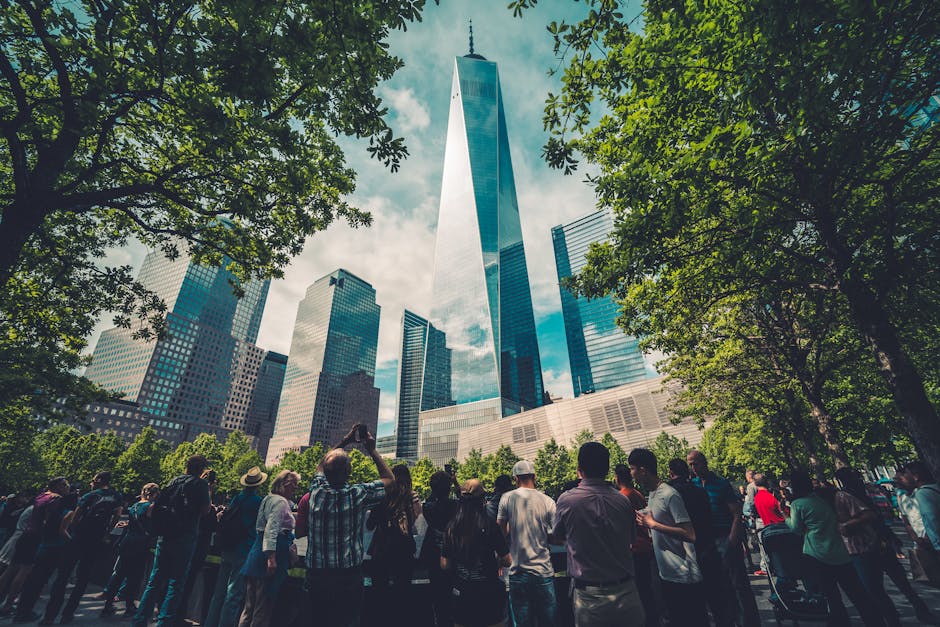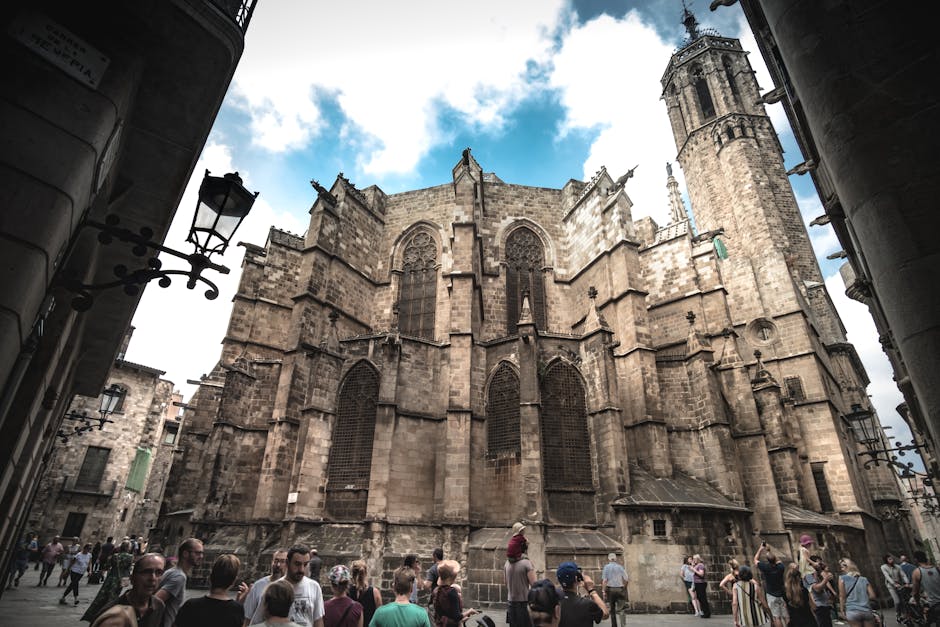Tips for Photographing Busy Tourist Spots Without the Crowds
Photographing iconic tourist spots without capturing a sea of strangers can feel like an impossible task. Popular landmarks tend to be flooded with visitors at all hours, making it difficult to get that perfect shot without distractions. With careful planning and a few strategic tricks, you can capture stunning images free from the typical crowds. Whether you’re shooting the Eiffel Tower, the Taj Mahal, or a bustling city square, there are ways to get that clear frame without people photobombing your shot.

1. Timing Is Everything
One of the simplest ways to avoid crowds in your photos is to shoot during off-peak times. Early mornings, particularly around sunrise, offer several advantages: fewer tourists, softer natural light, and often a more tranquil atmosphere. In many locations, even the most popular tourist spots are quiet before 7 or 8 a.m., giving you a window of opportunity for clear shots.
Similarly, visiting late in the evening around sunset or after dark can also work in your favor. While some places may close after certain hours, many public landmarks like famous bridges or city squares remain accessible for nighttime photography. Shooting at night also opens up creative possibilities for long exposure shots that highlight beautiful city lights without the crowds.
If early mornings or late evenings aren’t an option, try visiting during weekdays instead of weekends or avoid peak seasons. For example, Paris sees fewer tourists in the winter compared to summer months when everyone flocks to see its sights.
2. Use Composition Techniques to Minimize Crowds
Sometimes, no matter when you visit a tourist spot, there will be people around. This is where smart composition techniques can help. One method is to use a low angle by crouching down or placing your camera closer to the ground. This allows you to focus on the subject while hiding people behind objects or blurring them into the background.
An alternative technique is framing your shot with objects like trees, columns, or walls that naturally block part of the scene where people may be standing. You can also zoom in on specific details of the landmark instead of trying to capture its entirety. For instance, instead of photographing all of the Colosseum in Rome, focus on an archway or detailed stonework to avoid including tourists in your shot.
- Shoot from low angles
- Frame using objects like trees or walls
- Zoom in on specific details of landmarks
Another helpful tool is patience, waiting for the right moment when fewer people are walking through your frame can pay off tremendously.
3. Utilize Editing Tools Post-Production
No matter how well you plan your shoot, sometimes it’s impossible to avoid people entirely. This is where post-production editing tools come into play. Software like Adobe Photoshop or Lightroom allows you to remove unwanted elements from your photos with ease.
The "Clone Stamp" tool is particularly useful for replacing parts of an image with surrounding textures like grass, sky, or stone. Another option is the "Content-Aware Fill" feature available in Photoshop that automatically analyzes your image and removes any unwanted distractions such as people or vehicles. If you prefer mobile editing apps, Snapseed (available for both iOS and Android) offers similar features for quick touch-ups on-the-go.

It’s worth noting that while these tools are powerful, they require a level of skill and practice to use effectively without compromising the quality of your image. Over-editing can lead to unnatural-looking photos if not done carefully.
4. Explore Hidden Angles and Lesser-Known Spots
Another great way to avoid crowds is by seeking out lesser-known viewpoints of popular landmarks. While everyone may flock to take pictures from the main entrance of a monument or famous street corner, exploring side streets or climbing nearby hills often reveals quieter spots with unique perspectives.
An example is New York City’s Statue of Liberty, rather than photographing it from Liberty Island itself (which is usually packed with visitors), consider taking a ferry ride past it or shooting from Battery Park across the water for a more peaceful view.
If you're visiting major cities like Rome or Tokyo where historic sites are abundant, research hidden gems ahead of time that offer alternative views while being less crowded.
5. Plan During Special Events and Weather Conditions
Certain weather conditions can deter large crowds but provide excellent opportunities for photographers looking for unique shots. Rainy days often keep most tourists indoors but offer dramatic skies and reflections that make for striking images, especially at landmarks with reflective surfaces such as glass buildings or water fountains.
| Weather Condition | Photography Advantage |
|---|---|
| Rainy Days | Fewer crowds; reflections create artistic effects |
| Misty/Foggy Mornings | Mysterious atmosphere; softens harsh features |
| Snowy Weather | Cleanses the scene; contrasts beautifully with landmarks |
Special events such as festivals can also give you rare access to places that are typically closed off or harder to photograph without crowds. For example, certain festivals in India allow visitors access to normally restricted parts of temples where it's easier to get intimate shots without interruptions.
6. Consider Using Drones (Where Allowed)
Drones have opened up new possibilities for photographers looking to capture aerial views without anyone else in the frame. By flying above popular tourist spots (where permitted) you can get stunning overhead shots while completely avoiding ground-level foot traffic.
Before using drones, make sure you're aware of local laws and regulations regarding drone usage as restrictions vary widely between countries and even individual cities or parks. Drones are particularly effective at larger outdoor locations like beaches or parks where crowds tend to spread out more thinly than in compact urban environments.
Crowd-free photos at busy tourist spots are not only possible but achievable with some thoughtful planning and creativity. From adjusting shooting times and angles to making smart use of technology like editing tools and drones, there are plenty of ways you can work around busy scenes. The key lies in adapting your approach depending on location and conditions: being flexible with timing, taking advantage of weather changes, and exploring less obvious viewpoints will go a long way toward capturing clean images without the distractions of crowded places!